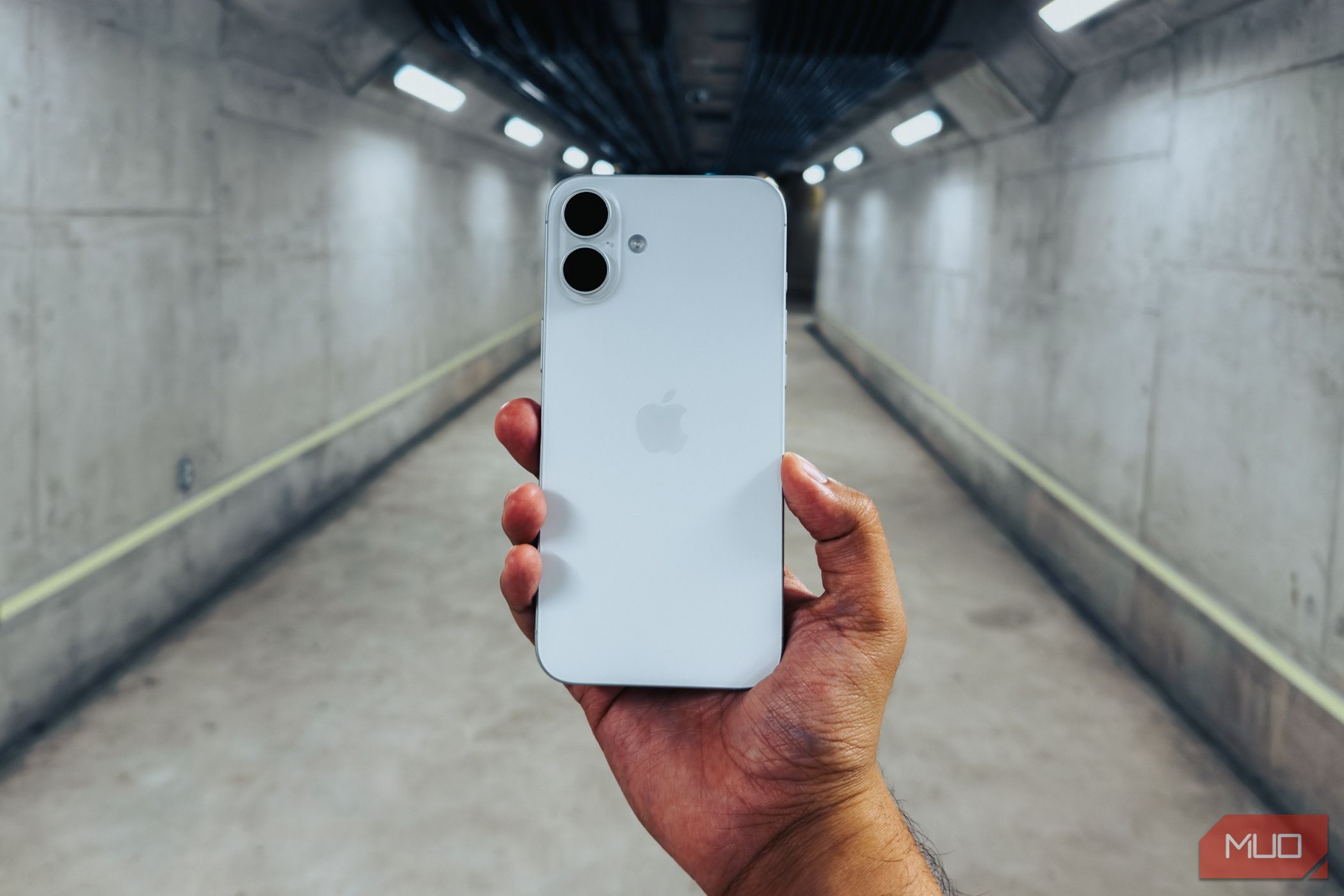
### Apple’s Yearly Operating System Naming: A Breath of Fresh Air
At the recent WWDC 2025 keynote on June 9, Apple unveiled a significant change to how it names its operating systems. Moving away from its traditional naming conventions, Apple has adopted a year-based versioning system across all of its platforms, including iOS, watchOS, tvOS, macOS, VisionOS, and iPadOS. This new approach uses the last two digits of the release year, making it easier for users to recognize when each OS was launched.
For instance, major updates announced during WWDC 2025 are now labeled as version 26, such as iOS 26 and watchOS 26. The next update in 2026 will simply be version 27, and this pattern will continue. This streamlined system replaces the previous, often confusing variety of version numbers and names, which varied significantly year to year. In 2024, for example, we had a mix of iOS 18, iPadOS 18, macOS 15, watchOS 11, and more. The inconsistency was bewildering for many users.
This fresh naming convention allows anyone, even those who don’t follow tech closely, to immediately know when a specific version was released—similar to how you might identify a car by its model year.
### The Hardware Naming Conundrum
While Apple deserves applause for clarifying its OS naming scheme, the same can’t be said for its hardware lineup. The naming of Apple’s devices has become increasingly convoluted, especially in the iPad range. Although it’s easy to differentiate between main categories like iPad, iPad mini, iPad Air, and iPad Pro, the specific model names are where the confusion escalates.
As it stands, the latest iPad models include the iPad (11th-gen), iPad mini (7th-gen), iPad Air (7th-gen), and iPad Pro (7th-gen), with some released in 2024 and others in 2025. To make matters worse, Apple often only refers to the product line, such as “iPad mini,” without specifying the generation or the chip, leaving consumers guessing about which is the latest model.
### Simplifying Apple’s Hardware Names
Implementing a year-based naming system for its hardware could eliminate this confusion, mirroring the clarity introduced in Apple’s software. Imagine if Apple called its devices things like “2025 MacBook Air,” “iPad Pro 26,” and “iPhone 26 Pro.” Such names would instantly convey the release year, allowing customers to easily differentiate between new models and older ones without having to sift through specifications or do online research.
This straightforward naming system would also be more user-friendly, especially for those who might not be tech-savvy. The easier it is to identify which model is the most recent, the more confident consumers will feel when choosing products or deciding when to upgrade.
Moreover, standardizing names across Apple’s hardware could bring greater cohesion to its entire ecosystem. Apple wouldn’t be breaking new ground here; its competitor Samsung took a similar step by adopting year-based naming for its flagship Galaxy S series in 2020, which has significantly simplified the process of identifying the latest models.
### A Positive Step Forward
Apple’s new year-based naming system for its operating systems is undeniably a step in the right direction. It not only clarifies software versions but also makes it easier for consumers to keep track of current releases. With the same logic applied to its hardware lineup, shopping for Apple products could become a much more straightforward experience. Here’s hoping Apple considers this approach in the future!



